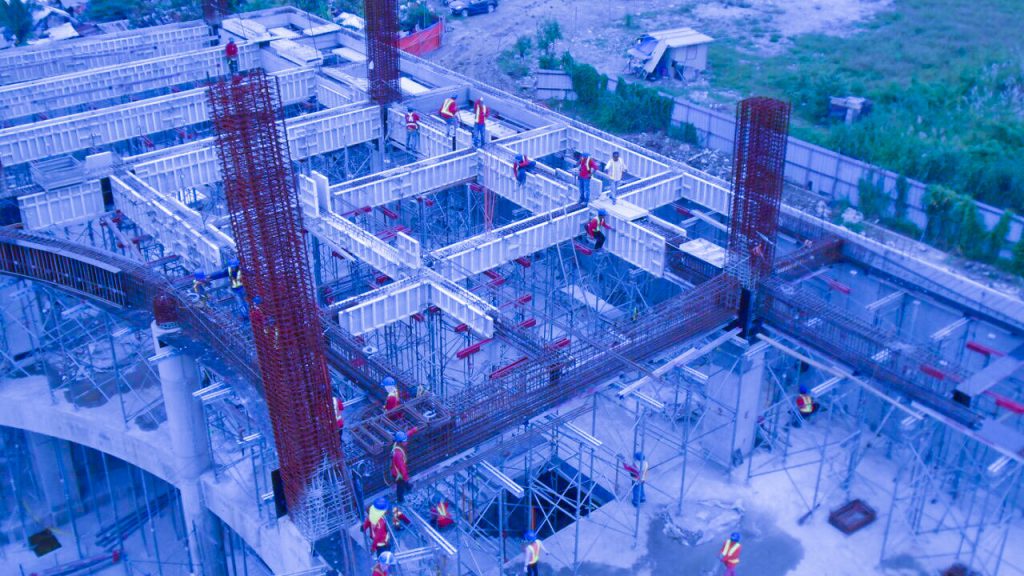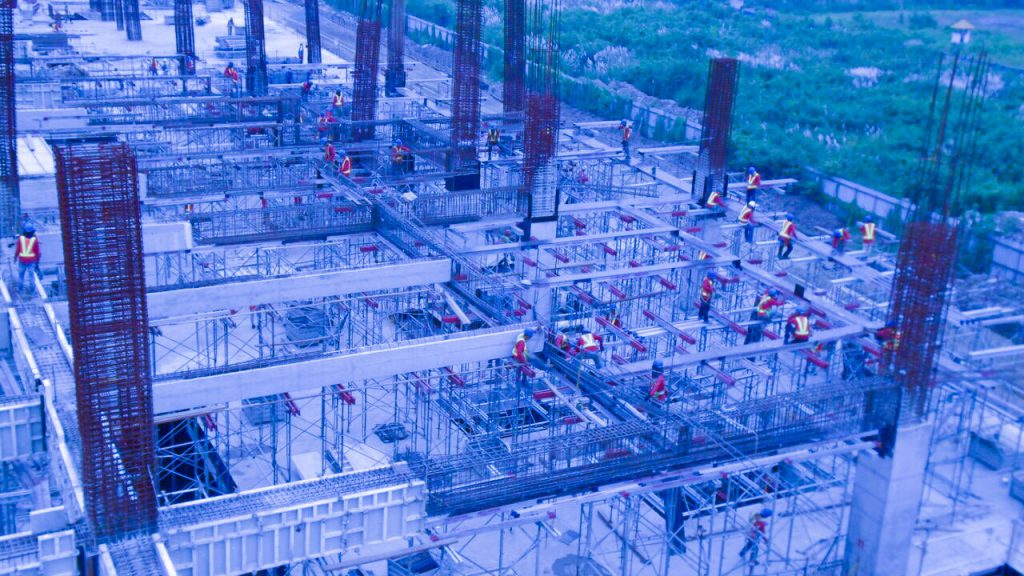A New Intermodal Terminal For Commuters?

Here is the press statement of the DOTr regarding a new multi-mode passenger and commuters terminal in southern Metro Manila
DOTr PRESS RELEASE
21 November 2017
FIRST INTERMODAL TERMINAL IN PH TO RISE IN 2018; GUARANTEES IMPROVED COMMUTING EXPERIENCE
Metro Manila — The country’s first intermodal transport terminal, set to rise in 2018, will redefine commuters’ bus riding and terminal experience.
The Southwest Integrated Terminal Exchange (SWITX), which is being built in a sprawling 4-hectare land in Parañaque, will provide seamless interconnectivity of the different modes of transportation from the neighboring provinces south of Metro Manila.
This ensures a safe, convenient, and hassle-free travel experience for the commuting public.
The PhP3-billion terminal will be completed in April 2018, and will be operation by the second quarter.
It is among the five big-ticket infrastructure projects that the Department of Transportation (DOTr) will inaugurate next year.

The SWITX is now almost 40% finished. It is expected to serve commuters in a multi-platform scenario.
As of October 2017, the terminal is already 33.9 percent complete. The SWITX is envisioned to be a modern transportation hub that will significantly improve the commuting and terminal experience of passengers.
The intermodal terminal will provide easy access to different modes of public transportation — rail networks, city buses, UV Express, and jeepneys — to ferry commuters to their destination.
The terminal will be the first among several terminals that will be built around the peripheries of Metro Manila. The strategic location will maximize road usage and reduce the number of PUVs plying busy road networks such as EDSA, particularly Baclaran and Taft areas.

The SWITX can accomodate the commuters who live in Southern Metro Manila like Cavite, Laguna and Batangas.
Further, with the DOTr’s Route Rationalization Plan that will be soon implemented, reorganization of routes will be a priority.
This means provincial PUVs will only be allowed to load and unload in SWITX, avoiding EDSA altogether.
An airport-like experience The SWITX was designed to resemble an airport terminal with multi-level platforms. It will have passenger terminal buildings, embarkation and disembarkation bays, staging bays, ticketing and baggage handling facilities, and park-ride facilities.
Catching a bus is also made easier with the On-line Bus Ticketing System (OBTS), an intuitive online and on-site booking and ticketing system.
Departure schedules will also be displayed on large screens. Buses will likewise be equipped with Ultra-High Frequency (UHF) tag for efficient managing, tracking, and monitoring inside the terminal premises.
Vehicles and passengers’ queuing, loading, and unloading will all be systematized. The terminal will also be equipped with Wi-Fi and charging points.
For added comfort, there will be air-conditioned lounges and waiting areas for passengers, as well as retail stores and food centers. Drivers will also have their own retiring room.
CCTVs and baggage scanners will be installed and security personnel will be stationed 24/7 to ensure safety of passengers. In order to make the terminal more vibrant, commercial spaces and offices will be occupying the premises.
This will also ensure a steady flow of passengers that will be using the new terminal.
Here is a video rendition of the SWITX.






